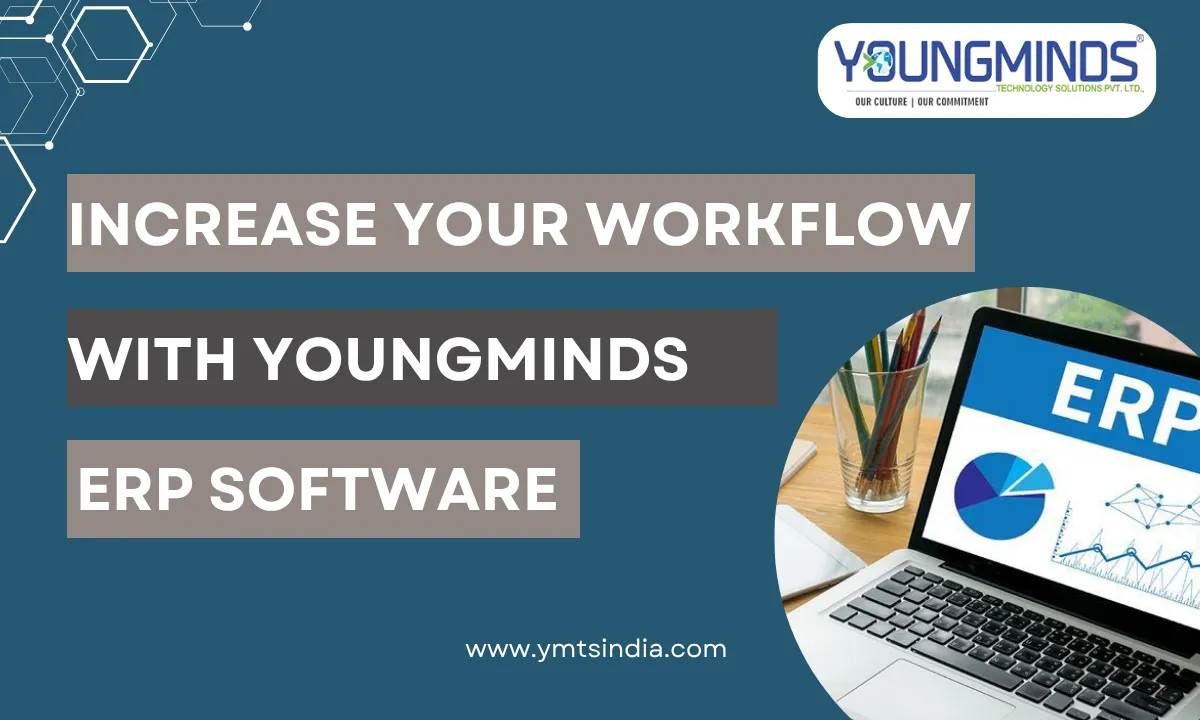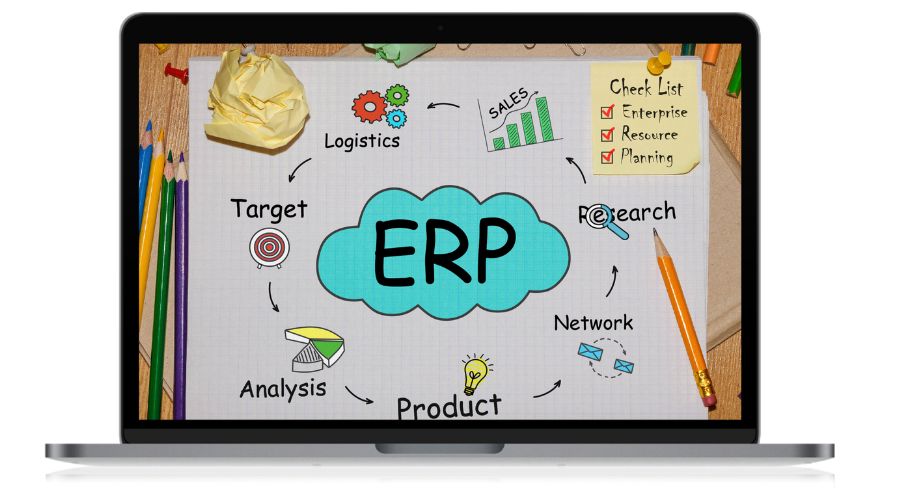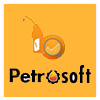Using PHP Tricks and Techniques to Create Scalable Web Applications
The Comprehensive and Final Guide to PHP Web Development Services. Utilize PHP to save money and reduce Website Development Time. The PHP language has emerged as the most promising language in the web development industry. Scalability is an essential component of success in the ever-changing field of web design and development. It becomes increasingly important to be able to manage higher traffic while maintaining performance as your application gets more sophisticated and your user base grows. Scalable approaches should be used from the start when developing PHP web applications to avoid issues later on. Here are some pointers and techniques to help you use PHP to create scalable web apps.
Make Use of A Firm Framework
Selecting a framework is among the first choices you'll have to make while beginning a PHP project. Choosing a stable and well-maintained framework such as CodeIgniter, Symphony, or Laravel can offer a strong basis for scalability. These frameworks come with built-in capabilities for effective HTTP request handling, database administration, and caching.
Edge Cache :
One effective method for increasing scalability and performance is caching. Make use of caching technologies at several application levels, including full-page caching, database query caching, and opcode caching (using programs like OPcache). By providing users with pre-rendered content, especially for frequently accessed data, this lessens the strain on your server.
Enhance Database Searches In online applications, database queries are frequently the bottleneck. Use indexes, avoid using wildcard characters in WHERE clauses, and retrieve only the data that is required to optimize your SQL queries. To spread the load among several database servers, think about utilizing replication or database sharding.
Horizontal Scaling :
As your application expands, you might have to split up incoming traffic among several servers in order to manage the strain. By adding more servers as needed, a load balancer enables you to extend your application horizontally. Nginx and HAProxy are two popular load-balancing options for PHP applications.
Content Delivery Networks (CDNS) :
CDNs cache static assets like JavaScript, images, and CSS files on servers distributed over the globe. By delivering quantity content from the nearest CDN server to the user, you can lower latency and increase load times, mostly for users located a long way from your web server. Providers like Cloudflare and AWS CloudFront offer easy integration with PHP Website Design Application.
Using Asynchronous Processing
Extended operations, like sending emails or handling big files, might affect how responsive your application is. Assign these jobs to background processes with the aid of RabbitMQ, Beanstalkd, or Redis queues. This means that instead of having to wait for laborious processes to finish, your PHP application can keep fulfilling requests.
Monitor Network Performance And Scalability :
Use tools such as Apache JMeter, Blackfire, or New Relic to periodically check the performance of your PHP application. Keep an eye on indicators like database performance, server load, and response times to spot bottlenecks and adjust your application appropriately. Testing for scalability, which includes load and stress testing, makes sure your program can manage spikes in traffic during peak hours.
Horizontal Scaling :
Aim for horizontal scalability in your application architecture by separating components as much as possible and utilizing distributed systems. Serverless computing, microservices architecture, and containerization using Docker are all workable methods for creating PHP apps that are easily expandable by adding more instances.
Use of IoT (Internet of Things) :
IoT has made significant technological advancements. IoT is being used by several companies to create smarter goods. For example, IoT is used in the real estate industry to create "smart homes," where every product can be managed with a mobile device. IoT devices and PHP web development tools work well together to provide a lot of assistance with the basic coding structure.

PHP framework :
The PHP framework is quickly embracing the Internet of Things since it is a dynamic and well-liked programming language. The most recent version of the technology, PHP 7, provides a programming thread that is simple to synchronize and can execute numerous operations with a single script. The IoT development requirements have been modified by other well-known frameworks like Laravel and Symphony, making it the finest possible solutions.
Conclusion :
Using PHP to create scalable web applications involves careful planning, optimization, and the early use of scalable techniques. Your PHP application may handle expansion and sustain performance under greater loads by applying horizontal scaling approaches, optimizing database queries, integrating caching mechanisms, and leveraging dependable frameworks. Scalability must be maintained as your program changes over time, and this requires constant optimization and monitoring.































































